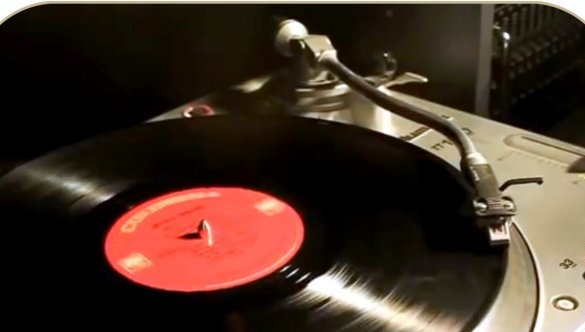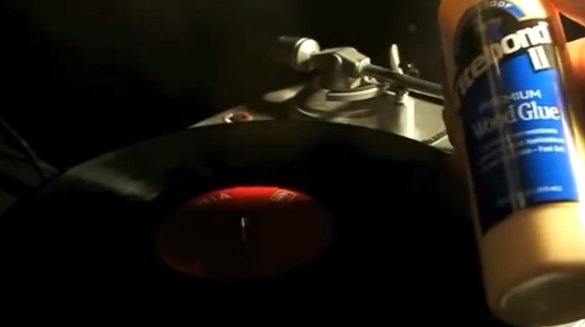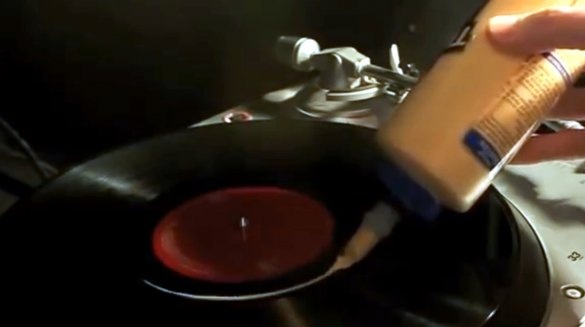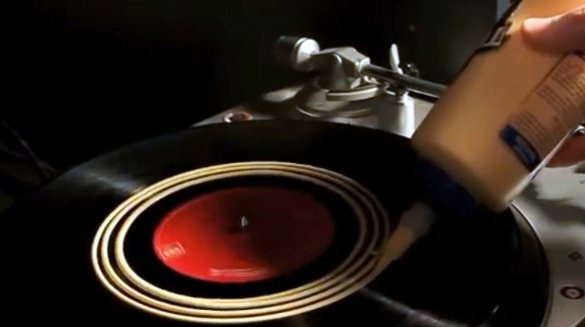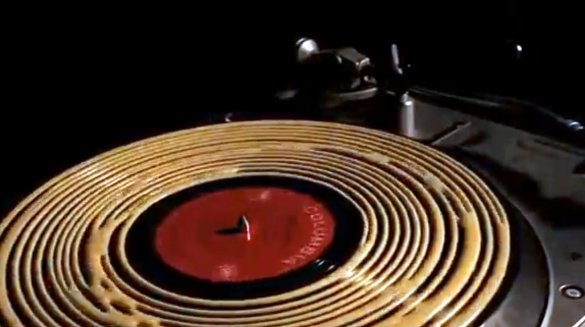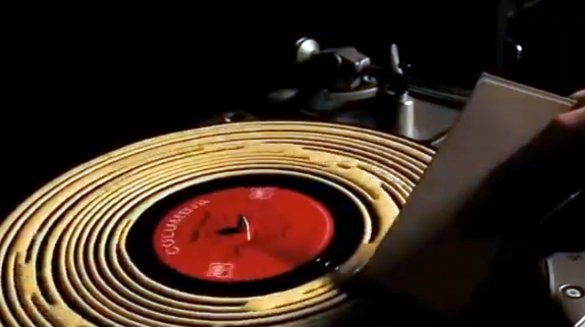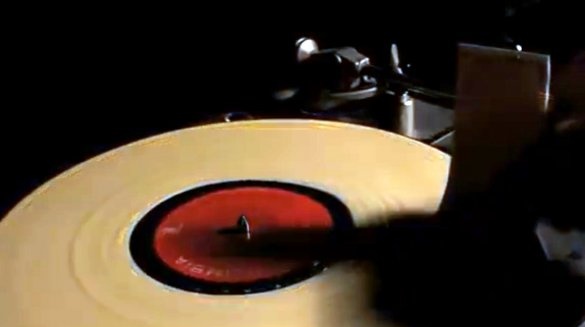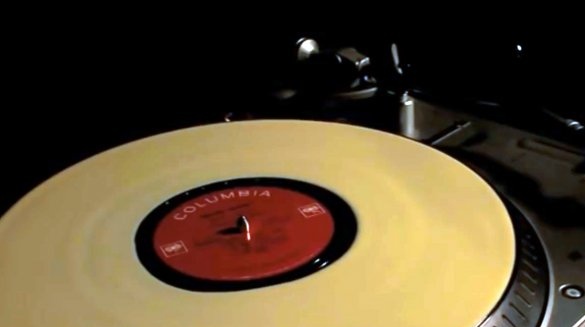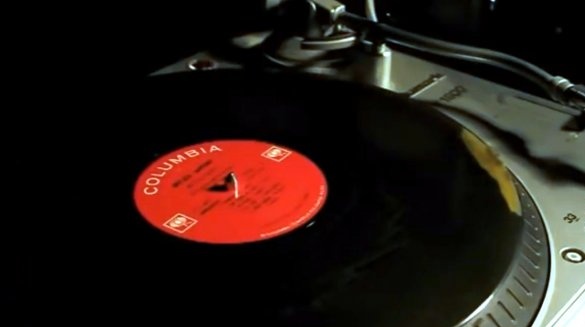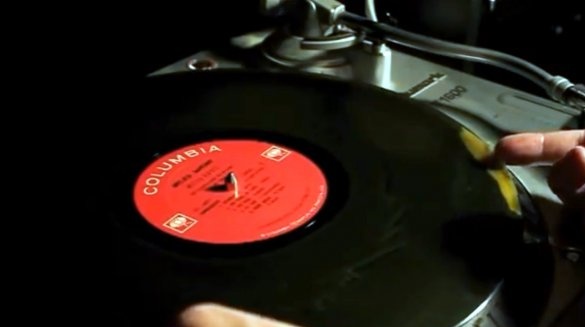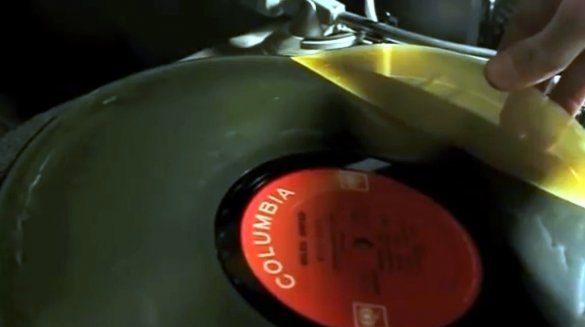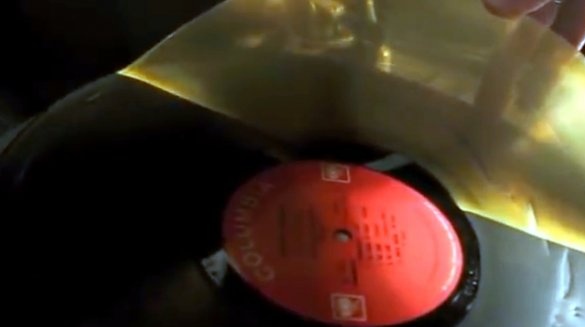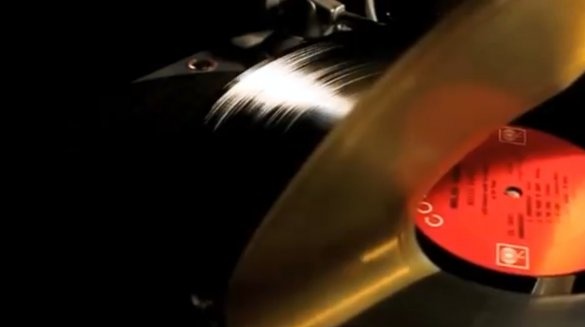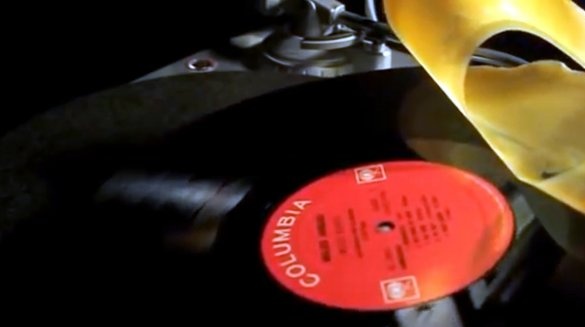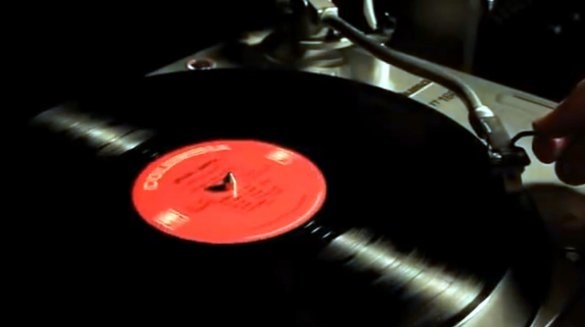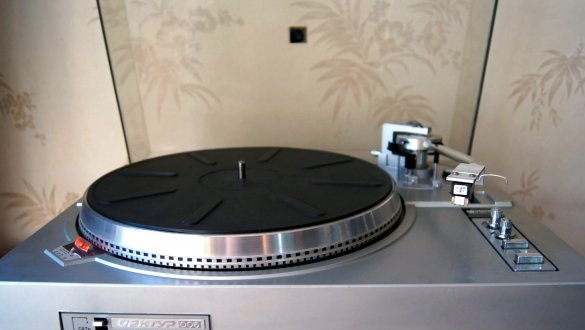Hello dear readers andthe inhabitants of our site!
Surely many of you very much respect the old technologies of sound reproduction, and still apply them in everyday life. First of all, vinyl records belong to them. However, during operation and long-term storage, dust and dirt get stuck in their sound grooves, which cannot be removed even with special brushes and accessories.
These dust particles can consist of both spent petroleum products, the smallest particles of metal, coal, as well as synthetic pile and others. The biggest problems are the first three. Such particles clog the grooves, extremely distorting the reproduction of sound, give a click, and greatly spoil the sound head itself.
In this article, the author of the ghettofunk13 YouTube channel will tell you how to easily clean even collectible records with ease.
This method is very simple, and is implemented inhome conditions with a minimum of effort.
Materials
- Glue Titebond II.
Instruments, used by the author.
- Vinyl player
- A plastic card.
Manufacturing process.
So, the main character to remove will be Titebond II glue. It is intended for gluing wood, and is an analogue of PVA glue. This is a professional one-component industrial adhesive with a moisture resistance class of D3. It can even be used for gluing wooden parts that will come in contact with food.
First of all, the master installs the plate to be cleaned on the player's disc, and turns it on at a minimum speed of (33 rpm). Then gradually applies glue in the form of a spiral.
The next step is to carefully level the glue so that it very well fills all the voids of the soundtracks themselves. This is done using a plastic card or cutting thick cardboard. At this point, it is important not to scratch the surface of the plate with an impromptu spatula.A silicone spatula or brush is best.
As a result, glue is applied to the main part of the disk, and it must be left to dry. The application of this method does not require preliminary treatment of the surface of the plate with degreasers, or other chemicals that can damage its surface.
The drying time of the adhesive depends on the conditions under which drying is performed. With a normal humidity of 50% and a temperature of about 20 degrees, this process will occur in 18-24 hours. Layer thickness is also important. The readiness of the disk for cleaning will be noticeable by the fact that the glue becomes transparent.
So, it remains to gently pry the edge of the adhesive layer, and remove it, trying to tear off the adhesive layer in the direction of the tracks.
Everything is ready, you can enjoy listening to the first side of the disc, or immediately digitize it. The second side will also wait for such a treatment!
I’ll say a little gag. This method was tested on a badly killed ancient disk. I used regular PVA glue. Remember how many of us at school and kindergarten mimicked “torn skin”? Bottom line - the disk sounded an order of magnitude better, there were almost no clicks, except from severe scratches. The used device is certainly not Crosley, Denon, Audio-Technica, TEAC, but rather quite good Arcturus 006.
This tool has an excellent direct electromagnetic drive, similar to the motors in old drives and hard drives. Such a system can perfectly control the speed of the disk, and is very stable. In addition, it does not use a drive belt, the disk itself works as a rotor. I highly recommend this device for purchase, only after that you will have to pump it a little, replacing the old electrolytes.
I thank the author for a simple and reliable way of cleaning vinyl records from pollution. By the way, after the "exit" from the CD market, from 2005 to today there has been a steady increase in demand for vinyl. In the United States alone, more than 6 million records were sold in 2013. Think about it, probably vinyl has a really high-quality and soulful sound.
If you have interesting homemade products, share them on this site. Here you will get a real reward, not a “bunch of green stuff" at the entertainment forum.
All good mood, good luck, and interesting ideas!
Author video can be found here.

